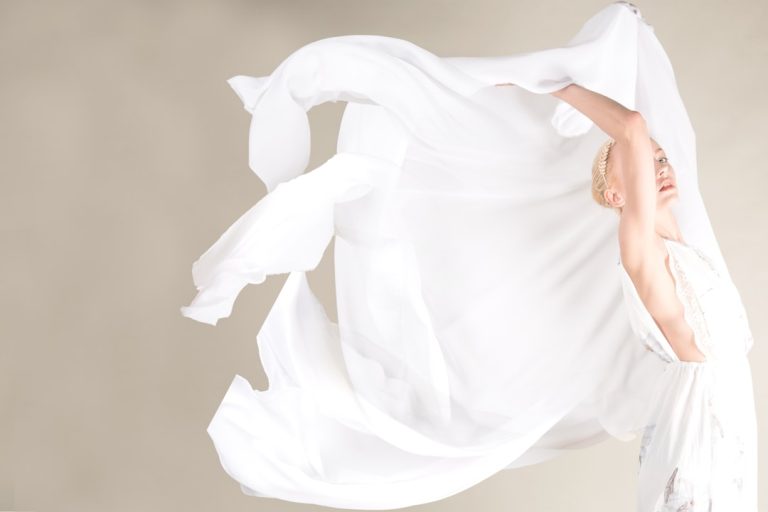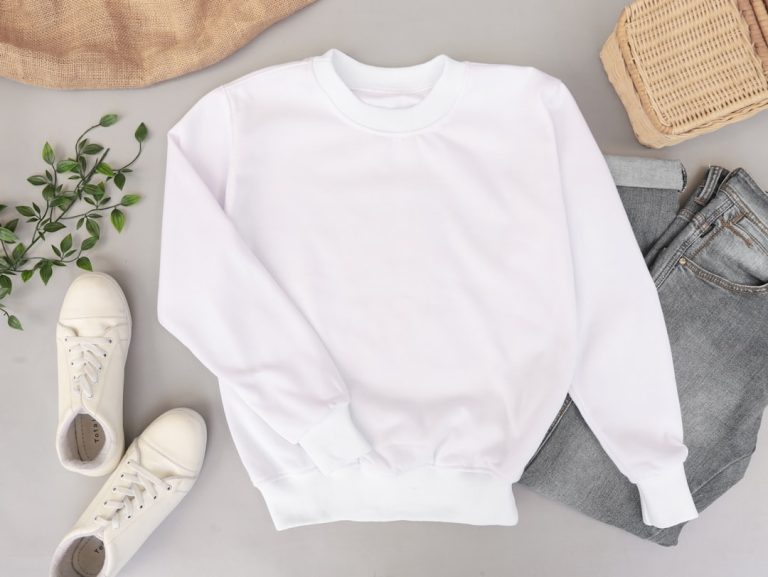The Psychology of Dressing: How Your Apparel Choices Impact Your Mindset
The clothes we wear are not just fabric; they are a form of self-expression that can significantly influence our mindset and behavior. The psychology of dressing delves into the subconscious ways in which apparel choices affect our confidence, mood, and even productivity.
Studies have shown that what we wear can have a direct impact on our cognitive processes. Dressing in professional attire, for example, can enhance focus and productivity by signaling to our brains that it’s time to work. On the other hand, wearing comfortable clothing at home can help us relax and unwind, creating a mental boundary between work and leisure.
Color psychology also plays a crucial role in how we perceive ourselves and others. Different colors evoke specific emotions and can influence how we are perceived by those around us. For instance, wearing red can convey confidence and power, while blue is often associated with calmness and trustworthiness. By understanding the psychological effects of colors, we can strategically use them to our advantage in various situations.
Clothing choices can also impact our self-esteem and body image. Wearing clothes that make us feel good about ourselves can boost our confidence and overall well-being. On the contrary, ill-fitting or unflattering apparel can have the opposite effect, leading to feelings of insecurity and self-doubt. By choosing clothes that align with our personal style and make us feel comfortable and confident, we can positively impact our self-perception.
In essence, the way we dress is a powerful tool for shaping our mindset and influencing our interactions with the world. Whether we’re dressing for success, comfort, or self-expression, our apparel choices have the potential to transform not just our outward appearance but also our inner thoughts and emotions. So next time you pick out an outfit, remember that you’re not just getting dressed; you’re crafting your mindset!






